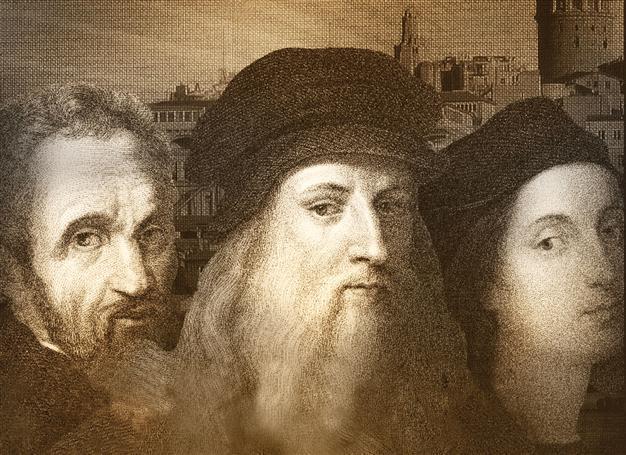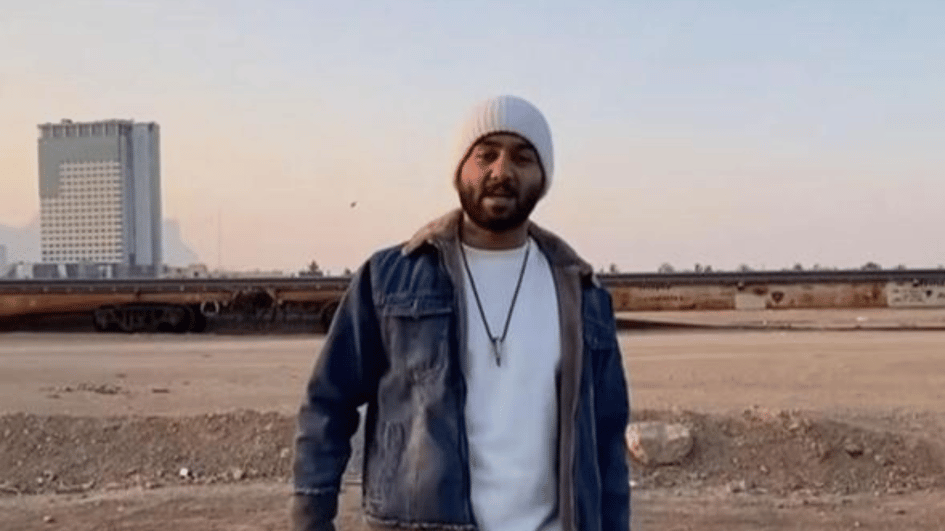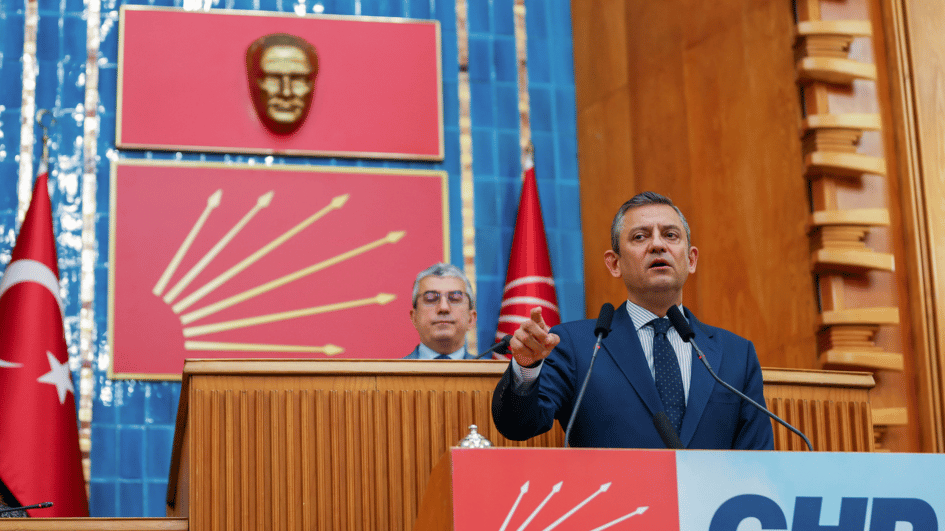Interactive show highlights three great Renaissance masters
ISTANBUL- Hürriyet Daily News

The aim of the exhibition is to involve the public in a conceptual-sensory dimension, with artistic installations and the most up-to-date news and information presented in a format the general public can understand easily.
The work of three great masters of the Italian High Renaissance, Leonardo da Vinci, Michelangelo and Raphael, will be highlighted in an interactive exhibition that emphasizes their scientific discoveries and inventions, as well as their artwork, which opened up broader horizons in European civilization and culture.Brought to Turkey thanks to a collaboration between the Museo Ideale Leoanardo Da Vinci, Arter Design, and the Mimar Sinan University of Fine Arts, the exhibition is set to open at Mimar Sinan University’s Tophane-i Amire Culture Center on June 1, and will continue through the end of July. Hakan Elbir of Arter Design, which is famous for bringing an exhibition on climate change to santralistanbul between October 2011 and January 2012, told the Hürriyet Daily News that the exhibition offers a detailed explanation of 10 masterpieces by the three artists through the use of interactive media.
“Replicas of frescoes from chapel walls and large-scale works displayed in different museums will be brought to Istanbul. Besides, 25 new inventions that were based on da Vinci’s drawings, his anatomical sketches, and the architectural design he proposed in a letter to Sultan Beyazid II will be here,” Elbir said.
Originally designed by the Swedish design company Excellent Exhibitions AB, the exhibition was curated by Italian experts Alessandro Vezzosi as artistic director and Francesco Buranelli as scientific director. “The preparation of the exhibition began in 2005. The first exhibit took place in Goteborg in 2010 to great critical acclaim and public attention. Since that date, the show has continued to grow and refine its educational, multimedia and interactive sections, taking into account advice from experts and visitors’ needs, in order to create an exhibition environment as environmental art: a synthesis of memory and wonders, and of art and science,” Vezossi told the Hürriyet Daily News.
The aim of the exhibition is to involve the public in a conceptual-sensory dimension, with artistic installations and the most up-to-date news and information presented in a format the general public can understand easily. “I would like to mention the three main goals of the show. The first is to provide a kaleidoscope of the masterpieces of these three great artists and rivals, so different from each other but with many interchanges and fundamental relationships between them, so that they created a kind of ‘big bang’ for art: the Renaissance. Secondly, the works of these great masters are presented as an interdisciplinary repertoire of the most different experiences: forms of knowledge, multiple and universal, as well as the various forms of art, considered in relationship to science and technology, from anatomy as art, to the invention of machines and the creativity of their designs. The exhibition features an extraordinary section which for the first time presents the various and surprising relationships of the three masters - with Istanbul and Turkey,” Vezossi said. What struck the exhibition’s planners most about the show and inspired the collaboration was its success in explaining the Renaissance in a language and with techniques that suit the contemporary audience. “What I mean is that unlike traditional exhibitions, the show does not present one-sided communication, but offers a viewer-inclusive design.”
The exhibition came at a high cost, which made the process difficult for the company. “Due to its architectural proximity to the Renaissance era, the Tophane-i Amire building was an indispensable exhibition area for us. And we owe the Mimar Sinan University of Fine Arts a great deal for providing us with the exhibition venue.” Elbir said Vezossi, as the artistic director of the exhibition, was especially excited for the Istanbul leg of the show. “You must let him tell you the story of Leonardo and Michelangelo and Istanbul.” A book in English and Turkish, produced in collaboration with the university, will accompany the exhibition. “This book will be an important source for art lovers,” Elbir said.
Highlights of the exhibition
The show includes actual-size replicas of Michelangelo’s “David,” da Vinci’s “Last Supper” and Raphael’s “School of Athens.” The exhibition also showcases a 1:9 scale replica of the Sistine Chapel, facsimiles of da Vinci’s anatomic sketches, and a 1.5-meter model of the dome of St. Peter’s Basilica.
Background music is also a component of the show. The period music that is broadcast throughout the entire exhibition venue increases public enjoyment, said Elbir. “LED screens, touch screens, eye-scanning devices, and a voice-controlled guide system are among the technologies the show benefits from. Our main sponsor is a technology company.” The eye-scanning device in the “Last Supper” section of the exhibit shows how da Vinci forces the viewer to focus his or her gaze on the painting in a certain way by his use of perspective, Elbir said. For detailed information visit www.mybilet.com.
















